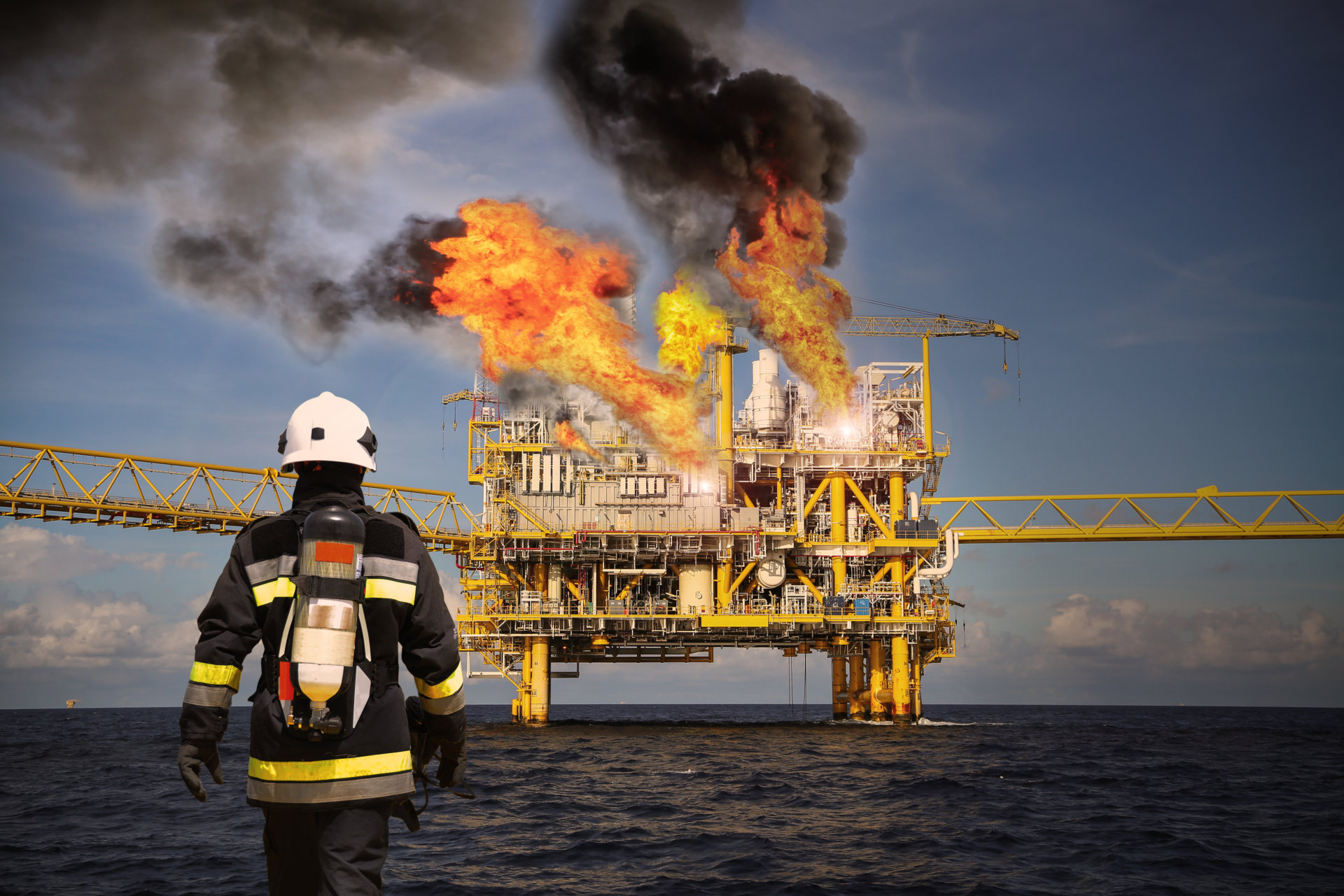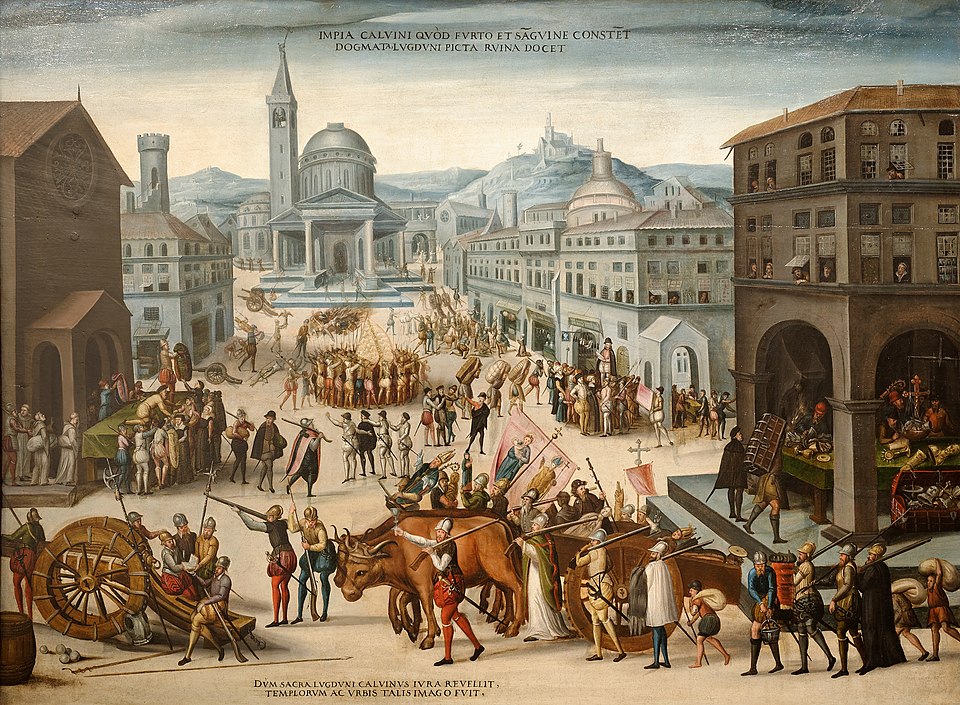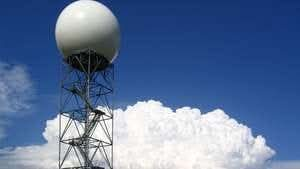11 of the World’s Worst Offshore Oil Rig Disasters

Did you know that among the top 11 listed offshore oil rig disasters, the 1988 Piper Alpha disaster has the highest casaulties of 167 deaths, followed by the semi-submersible platform Alexander L Kielland which claimed 123 lives in 1980?
Offshore platform and rig disasters make many people think of massive explosions and oil slicks. In reality, the most lethal element in offshore life often comes from harsh weather conditions and the daily threat of an unforgiving ocean. In many of the worst disasters, these elements claimed the most lives, helped by bad equipment design, fumbled emergency procedures, and poor enforcement of protocols.
Thankfully, greater emphasis on safety and better knowledge of risks have made offshore disaster less common and less severe. Countries have improved their offshore regulations and created better equipment as a result of the disasters below, but these come as a result of hundreds of deaths. Here, we give an overview of the offshore platform and rig disasters that directly caused the most fatalities, and how they came to happen.
1️⃣ C.P. BAKER DRILLING BARGE DISASTER, GULF OF MEXICO, 1964 | 21 dead
The C.P. Baker Drilling Barge disaster in the Gulf of Mexico on 30 June 1964 resulted in the deaths of 21 people and injuries to 22 others. Pan American Petroleum Corp issued contracts for the barge to drill in the Eugene Island are of the Gulf of Mexico. On the morning of 30 June 1964, the two 260ft-long hulls suffered a blowout. Water gushed into the vessel through open doors on the main deck and the barge lost electricity soon thereafter. The entire barge was engulfed with fire and explosion minutes later. Only 22 out of the total 43 crew onboard survived the disaster, most of whom saved their lives by jumping from the port bow. The vessel sank upside-down in the water after approximately 30 minutes. The rescue operation confirmed eight as dead, with 13 crew missing.
2️⃣ BOHAI 2 OIL RIG DISASTER, GULF OF BOHAI, CHINA, 1979 | 72 dead
This disaster caused the death of 72 out of 76 people on board the Bohai 2 jack-up rig when it capsized. As a towing ship moved the rig, a storm set in. Fierce winds broke the ventilator pump of the platform, causing a puncture hole in the deck and extensive flooding. The resulting loss of stability coupled with severe weather conditions eventually led to the jack-up capsizing. The accompanying tow boat could not rescue the crew members, who did not have proper training in emergency evacuation procedures and the use of lifesaving equipment. Investigations that followed reported a failure to correctly stow deck equipment prior to towing. It was also reported that standard tow procedures for bad weather conditions were not followed, possibly because operating instructions for the Japanese-made rig were not translated into Chinese until after the incident. The sunken jack-up rig was eventually salvaged by the Yantai Salvage Company in April 1981.
3️⃣ ALEXANDER L KIELLAND, NORWEGIAN NORTH SEA, 1980 | 123 dead
The semi-submersible platform Alexander L Kielland gave accommodation to 212 workers on the evening of 27 March 1980. Of these, 123 workers aged between 19 and 57 died when the floating hotel capsized. Rain pounded the platform on the day of the incident, with strong winds creating waves up to 12m high. Shortly before 6.30pm, five of the platform’s cables securing the platform to the sea floor snapped. One of the platform’s five legs broke away, leaving it off-balance by 30° and at risk of capsizing. Evacuations immediately began, but several lifeboats failed to launch because of their design . The platform was stabilised for 14 minutes by the single remaining cable, which ultimately snapped, and the platform rolled over. In total, only 89 people on the platform that night survived the disaster. An official investigation found that poor welding and overloading on the platform’s D column caused cracking in its bracings. Investigation also decided that a better command structure could have saved more lives in the 14 minutes after the first tilt.
4️⃣ OCEAN RANGER OIL RIG DISASTER, CANADIAN ATLANTIC OCEAN, 1982 | 84 dead
Early in the morning of 15 February 1982, 84 crew members died in the Ocean Ranger disaster. They were aboard the rig when it capsized and sank in the North Atlantic Sea, off the coast of Newfoundland, Canada. At the time, the 25,000t rig was the largest of its kind, measuring 396ft long, 262ft wide, and 337ft tall. The day before the disaster, a strong storm developed, producing winds of 190km/h and waves up to 20m high. Nearby rigs reported unusually large waves. These nearby rigs later overheard radio chatter speaking of damage to the Ocean Ranger. Later, the Ranger’s crew confirmed that a porthole window had broken, allowing water to enter the ship’s ballast control room. However, the crew did not believe this to be serious. Soon after, the ballast control panel was noticed to be malfunctioning. At 1am, the Ocean Ranger’s senior manager radioed the shore to say the rig had started listing, and that the standby vessel should move closer to its position. Mayday calls began 10 minutes later, and the rigs final transmission came at 1.30am, saying crew had moved to lifeboats. Only one lifeboat with 36 crew members inside could successfully launch. After staying afloat for 1.5 hours, the rig sank between 3:07am and 3:13am, leaving at least 20 crew in the water. The lifeboat came close to reaching its supply vessel, but a line between the vessels snapped in the storm. The boat floated away before anyone could be rescued.
5️⃣ GLOMAR JAVA SEA DRILLSHIP DISASTER, SOUTH CHINA SEA, 1983 | 81 dead
Six years before the Seacrest disaster, the Glomar Java Sea Drillship overturned in the South China Sea on 25 October 1983. This caused the deaths of 81 people when the drillship capsized and sank approximately 63 nautical miles south-west of Hainan Island, China, 80 nautical miles east of Vietnam. The Levingston Shipbuilding Company of Orange, Texas, built the 5,930t Glomar Java Sea drillship in 1975. The company delivered the 400ft-long drillship to US-based company Global Marine, contracted to ARCO China at the time of the disaster. The vessel drilled for ARCO in the Gulf of Mexico between 1975 and 1881, operating off the coast of California for some time before its arrival in the South China Sea in January 1983. As tropical storm Lex approached the drilling site from the east, operations ceased. Global Marine’s office in Texas reported that the drillship experienced winds up to 140km/h over the bow, before contact was abruptly lost. The wrecked drillship was found floating upside-down 1,600ft south-west of the drilling site. An extensive search operation followed, though Chinese, US, and Vietnamese rescuers found no survivors. Of the 81 crew, only 36 bodies were recovered.
6️⃣ ENCHOVA CENTRAL PLATFORM DISASTER, BRAZILIAN ATLANTIC OCEAN, 1984 | 42 dead
Petrobras currently operates the Enchova field, just as it did in 1984. When a fire broke out and explosions started on the Enchova Central Platform on 16 August 1984, crews reacted quickly and moved to evacuate. Despite the peril, it was the evacuation that caused the deaths of 42 people. Fires began after drill pressure controls failed to contain their compressed oil reserves, known as a blowout. Lifeboats and helicopters evacuated most of the platform’s workers. One lifeboat’s bow hook lowering mechanism malfunctioned during the evacuation, leaving it hanging vertically. Eventually, the boat’s supporting cables snapped and it fell 20m into the sea, killing 36 people. Another six workers died after attempting to escape by jumping from the platform into the sea. The Enchova Central Platform suffered another blowout on 24 April 1988. During work to convert the platform from oil production to gas production, on one of its 21 wells blew out before igniting. The fire led to massive damage topside, though all workers safely evacuated to a nearby floating accommodation ship without a single casualty. The platform remained on fire for a month. Petrobras eventually drilled two relief wells to control the blowout, before declaring the platform a total loss.
7️⃣ PIPER'S ALPHA RIG DISASTER MEMORIAL, 1988 | 167 dead
The Piper Alpha disaster began on 6 July 1988, following a gas leak from one of the platform’s condensate pipes. Engineers had removed the pressure safety valve of the corresponding condensate-injection pump as part of routine maintenance earlier in the day. During the work, the open condensate pipe was temporarily sealed with two large metal caps, known as blind flanges. When the maintenance crew’s shift ended, the engineers used work permits to notify the evening crew that the condensate-injection pump they had worked on should not be switched on under any circumstances. Somehow, this message was lost. The night crew turned on the dangerous pump after another pump failed, resulting in the leakage of gas condensate from the two blind flanges. The gas then ignited, and while automatic fire control measures would usually dampen the flames, crews had disabled these during maintenance. Explosions on the platform began just after 10pm. Piper Alpha’s oil extraction design could not withstand gas explosions, leaving crew vulnerable and preventing them from attempting to control the fire. A mayday call soon followed. At this time, there were 226 workers on the platform, though only 61 would survive the disaster. Two rescuers also died in their attempt to help, and bringing the fire under control took three weeks.
8️⃣ SEACREST DRILLSHIP DISASTER, SOUTH CHINA SEA, 1989 | 91 dead
On 3 November 1989, the 4,400t drillship was anchored 430km south of Bangkok, Thailand, to drill the Platong gas field. That night, Typhoon Gay produced 40ft-high waves, eventually causing the drillship to capsize. The drillship, also known as The Scan Queen, had operated in the Gulf of Thailand since 1981 for US-based Unocal. The drillship was reported missing on 4 November 1989 and only found floating upside-down by a search helicopter the next day. The ship’s ‘unseaworthy’ design meant that it had a high centre of gravity when loaded with drill pipe, making it prone to toppling in a storm. Often similar vessels would lay down their pipes in storms to minimise the risks, but Unocal allegedly forbade this. Only six of the crew were rescued by fishing boats and the Thai Navy.
9️⃣ MUMBAI HIGH NORTH DISASTER, ARABIAN SEA, 2005 | 22 dead
On 27 July 2005, 22 people died in the Mumbai High North rig disaster in the Arabian Sea, around 160km west of Mumbai. India’s state-owned Oil and Natural Gas Corporation (ONGC) operated the Mumbai High North rig. The rig caught fire after a collision with the multipurpose support vessel Samudra Suraksha. Strong ocean swells pushed the vessel towards the platform. When the vessel’s stern hit the rig, it ruptured one or more of the platform’s gas export risers. The resultant gas leakage ignited, burning the rig and damaging the vessel as well as the Noble Charlie Yester jack-up rig that drilled nearby. The accident caused a large oil spill, negating production of 120,000 barrels of oil and 4.4 million cubic metres of gas per day. ONGC opened a new platform at Mumbai High North in October 2012.
🔟 USUMACINTA JACK-UP DISASTER, MEXICAN GULF OF MEXICO, 2007 | 22 dead
A collision between a rig and a platform caused the deaths of 22 workers on 23 October 2007 in the Bay of Campeche, Gulf of Mexico. PEMEX contracted the Usumacinta Jack-up rig to moved alongside its Kab-101 platform to complete drilling of the Kab-103 well. While there, a storm developed bringing winds of 130km/h and waves as high as 8m. The rig’s anchor points were not fully secured, so the rig soon broke free and began oscillating with the seas. The Usumacinta’s cantilever deck then hit the production valve tree on the Kab-101 platform. The resulting oil and gas leakage lead to the closure of safety valves on two production wells at the platform. However, crew members could not seal the valves completely and the leaks continued. Oil and gas then ignited, and the 73 crew moved to evacuate in two lifeboats. Soon after, one of the lifeboats began filling with water, eventually capsizing. A large wave overturned the other lifeboat, which reached the shore upside-down the next day with 12 survivors on top. During evacuation, 21 people died. One worker went missing in the rescue operation. The Usumacinta Jack-up also suffered two more fire breakouts in the following month, during well control operations. These fires were extinguished without any further loss of life and the well was brought back under control by the middle of December 2007. PEMEX reported losing approximately 5,000 barrels of oil from the well.
⏸️ DEEPWATER HORIZON DISASTER, GULF OF MEXICO, 2010 | 11 dead
The explosion on BP’s Deepwater Horizon rig on 20 April 2010 caused the biggest oil spill in US history. Four million barrels of oil spilled into the Gulf of Mexico, harming huge numbers of sea birds and damaging coastlines for hundreds of miles. Transocean owned the Deepwater Horizon but was leased by BP. On the night of 20 April, a sudden rush of natural gas blasted through the concrete core of the well and caused the rig to explode. This killed 11 of the 126 on board, injuring several others. After burning for 36 hours, the drilling rig capsized and sank on the morning of 22 April. This ruptured the oil riser from the seabed, leaving 1,000 barrels of oil spilling into the Gulf every day. The damaged well was finally capped with a 40-ton plug on 15 July, with the oil slick lasting 87 days. BP spent $14bn on response and clean-up activities between 2010 and 2015 and continued to pay millions in compensation annually. In total, BP paid more than $65bn for the Deepwater Horizon disaster.
Source: Visit the link below to read the full report: https://www.offshore-technology.com/analysis/feature-the-worlds-deadliest-offshore-oil-rig-disasters-4149812/
#penglobalhistory



